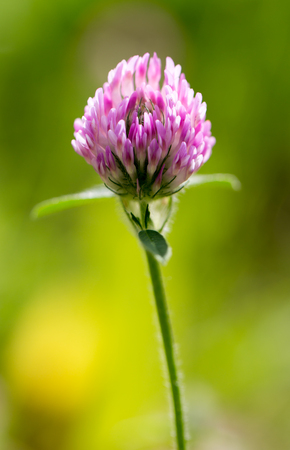 />
/>
LATIN NAME: Trifolium pretense
FAMILY: Fabaceae
GENUS: Trifolium
ORIGIN: native to Europe, Western Asia and northwest Africa
COMMON NAMES: beebread, cow clover, meadow clover, purple clover, trefoil, wild clover
DISTRIBUTION AREA: widely cultivated as a forage plant across the world
HABITAT: It grows on medium-moist meadows, forest glades, along fields and roads
BOTANICAL INFORMATION: Red clover is a biennial, but more often a perennial herbaceous plant. Its stems are branched. It is easy to be distinguished, if you pay attention to the herb of 15-55 cm tall, blooming with irregularly shaped flowers, similar to small purple-red balls. Clovers have three-syllable bright green leaves that close at night, and in the morning unfold again. This bee-plant attracts bees, bumblebees and other insects thanks to a large amount of nectar and a delicious floral smell.
CHEMICAL COMPOSITION
Since red clover is used in medicine in many countries, today it is well studied. According to the results of the studies the following useful components were found in its composition:
- essential oil
- flavonoids
- glycosides
- fatty oils
- organic acids
- tannins
- resin
- alkaloids
- amino acids
- cellulose
- retinol: vitamin A
- thiamin: vitamin B1
- riboflavin: vitamin B2
- ascorbic acid
- tocopherol
- phylloquinone
“To make a prairie it takes a clover and a bee”
Emily Dickinson
*This article is for informational purposes only. We suggest consulting with a physician before using these or any other herbal supplements.
